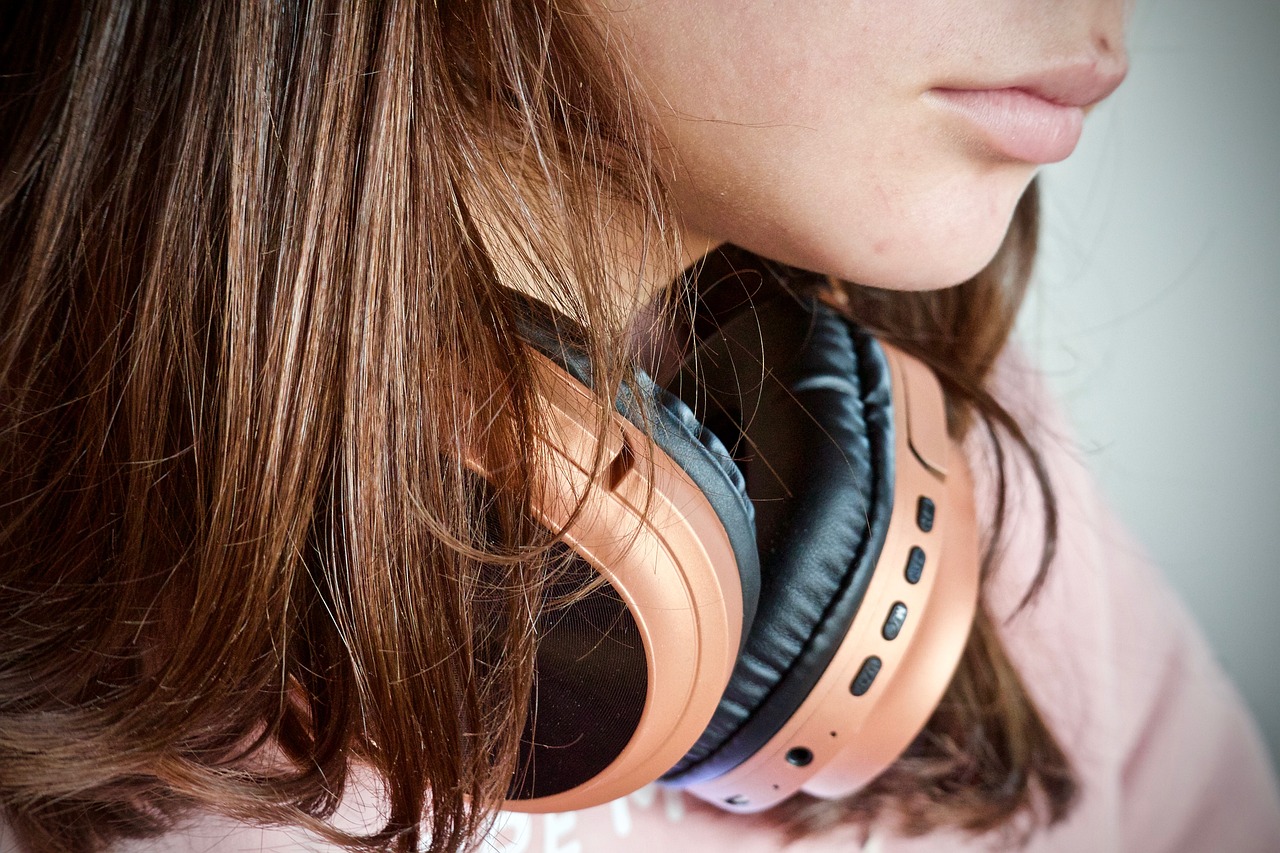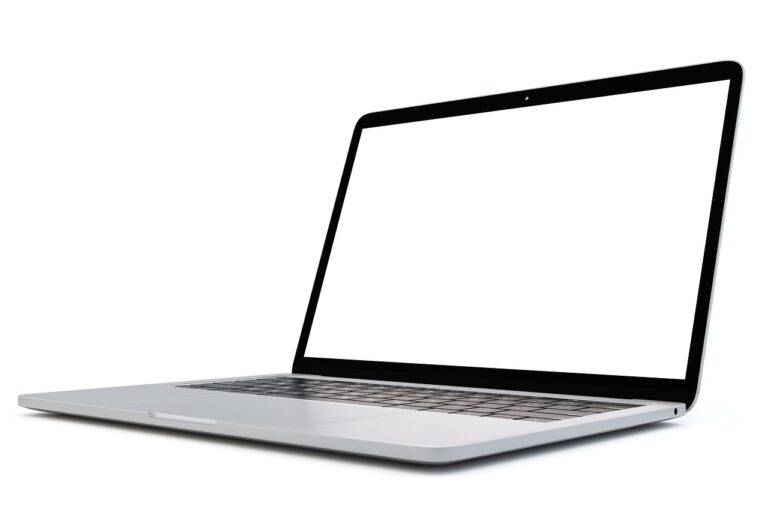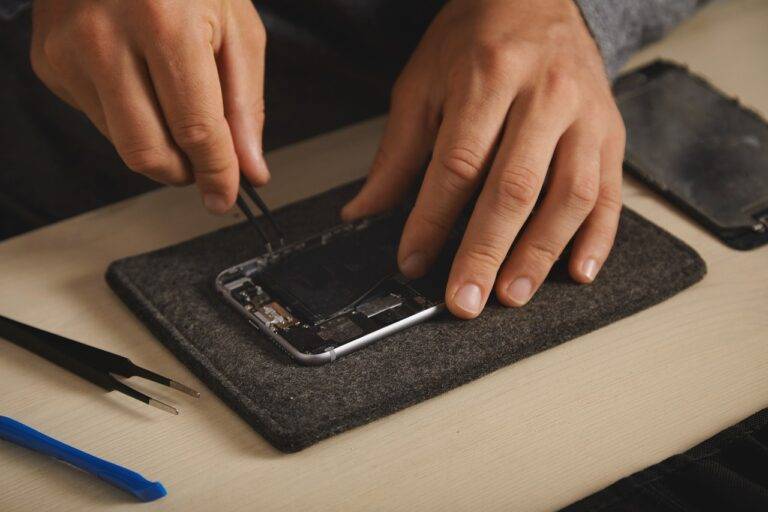Tech Trends in Healthcare: Remote Monitoring and Telehealth Services
Remote patient monitoring is revolutionizing the way healthcare is delivered, allowing healthcare providers to remotely track patients’ vital signs and health data in real-time. This technology enables early detection of any health deterioration, leading to timely intervention and better health outcomes for patients. By continuously monitoring patients from a distance, healthcare professionals can provide personalized care and proactive management of chronic conditions.
Furthermore, remote patient monitoring enhances patient engagement and empowers individuals to take charge of their own health. Patients can have a sense of reassurance knowing that their health is being monitored and that healthcare providers are just a click away if any concerns arise. This proactive approach to healthcare not only improves patient satisfaction but also reduces the need for frequent in-person visits, saving time and resources for both patients and healthcare providers alike.
Benefits of Telehealth Services
Telehealth services offer a myriad of benefits that contribute to enhanced access to healthcare. Patients living in rural or remote areas, as well as those with mobility limitations, can now receive medical care regardless of their geographical location. This approach eliminates the need for long commutes and allows individuals to consult healthcare providers from the comfort of their homes, resulting in improved patient outcomes.
Moreover, telehealth services have proven to be efficient in reducing healthcare costs for both patients and providers. By minimizing the expenses associated with in-person visits, such as travel costs and time off work, telehealth promotes a more financially sustainable healthcare system. Additionally, streamlined virtual consultations lead to better coordination of care among healthcare professionals, ultimately enhancing the overall quality of patient care.
• Telehealth services provide enhanced access to healthcare for patients in rural or remote areas
• Patients with mobility limitations can receive medical care from the comfort of their homes
• Eliminates the need for long commutes, saving time and resources
• Improved patient outcomes due to convenient consultations
• Reduces healthcare costs for both patients and providers
• Minimizes expenses associated with in-person visits such as travel costs and time off work
• Promotes a more financially sustainable healthcare system
• Better coordination of care among healthcare professionals through virtual consultations
Integration of Technology in Healthcare
Technology has revolutionized the healthcare industry, offering innovative solutions to improve patient care. From electronic health records to telemedicine platforms, the integration of technology in healthcare has enhanced efficiency and accessibility. For example, wearable devices and remote monitoring systems enable healthcare providers to track patients’ vital signs and progress outside of traditional clinical settings, leading to proactive interventions and personalized treatment plans.
Moreover, the use of artificial intelligence and machine learning algorithms has transformed medical decision-making processes. These tools can analyze vast amounts of data to detect patterns, predict outcomes, and recommend the most effective treatment options. By harnessing the power of technology, healthcare professionals can deliver more accurate diagnoses and tailored interventions, ultimately improving patient outcomes and increasing overall quality of care.
What is remote patient monitoring?
Remote patient monitoring is a technology that allows healthcare providers to monitor a patient’s health data remotely, without the patient needing to be physically present in a healthcare facility.
What are some benefits of telehealth services?
Some benefits of telehealth services include increased access to healthcare for patients in remote locations, convenience for both patients and healthcare providers, and cost savings due to reduced travel time and expenses.
How is technology being integrated into healthcare?
Technology is being integrated into healthcare through the use of electronic health records, telehealth services, remote patient monitoring, virtual reality for medical training, and other tools to improve patient care and outcomes.





